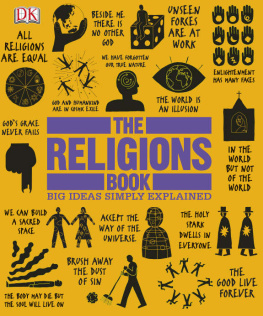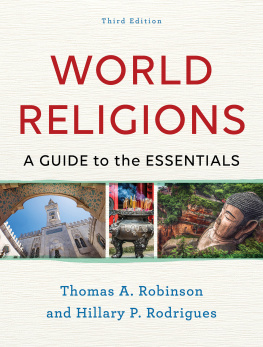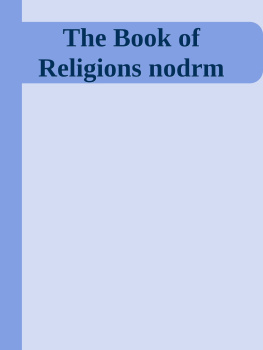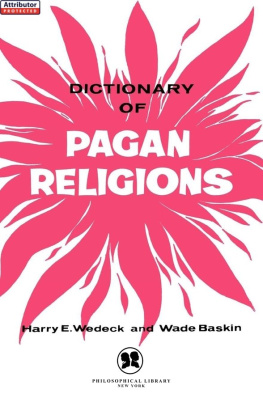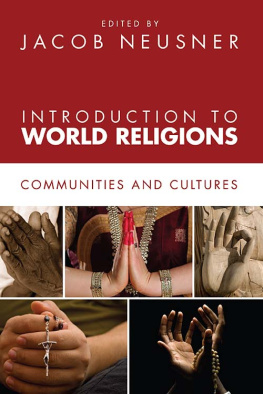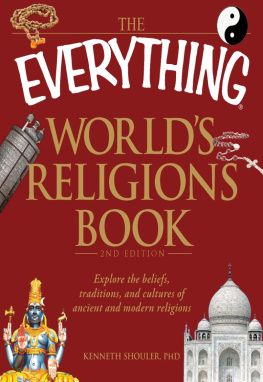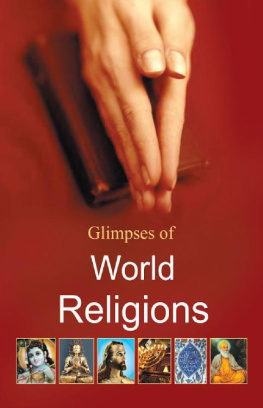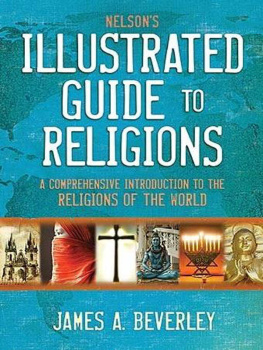DK Publishing - The Religions Book
Here you can read online DK Publishing - The Religions Book full text of the book (entire story) in english for free. Download pdf and epub, get meaning, cover and reviews about this ebook. year: 2015, publisher: DK Publishing, genre: Religion. Description of the work, (preface) as well as reviews are available. Best literature library LitArk.com created for fans of good reading and offers a wide selection of genres:
Romance novel
Science fiction
Adventure
Detective
Science
History
Home and family
Prose
Art
Politics
Computer
Non-fiction
Religion
Business
Children
Humor
Choose a favorite category and find really read worthwhile books. Enjoy immersion in the world of imagination, feel the emotions of the characters or learn something new for yourself, make an fascinating discovery.
- Book:The Religions Book
- Author:
- Publisher:DK Publishing
- Genre:
- Year:2015
- Rating:3 / 5
- Favourites:Add to favourites
- Your mark:
- 60
- 1
- 2
- 3
- 4
- 5
The Religions Book: summary, description and annotation
We offer to read an annotation, description, summary or preface (depends on what the author of the book "The Religions Book" wrote himself). If you haven't found the necessary information about the book — write in the comments, we will try to find it.
The Religions Book — read online for free the complete book (whole text) full work
Below is the text of the book, divided by pages. System saving the place of the last page read, allows you to conveniently read the book "The Religions Book" online for free, without having to search again every time where you left off. Put a bookmark, and you can go to the page where you finished reading at any time.
Font size:
Interval:
Bookmark:
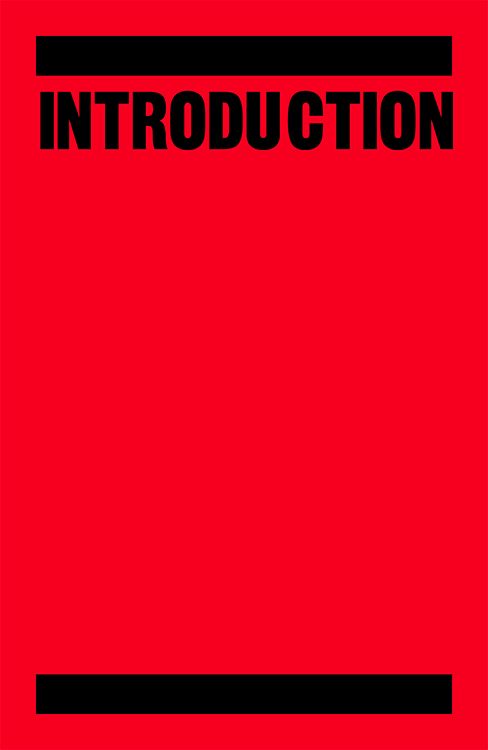
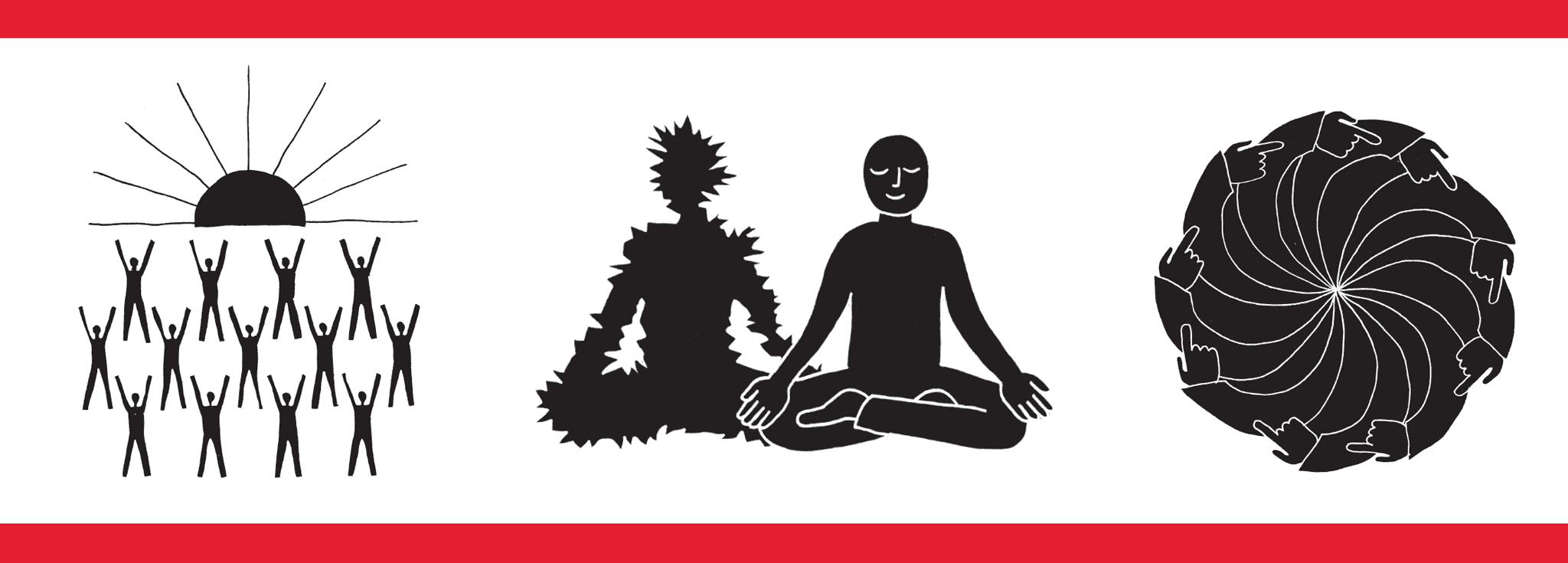
There is no simple definition of the concept of religion that fullyarticulates all its dimensions. Encompassing spiritual, personal, and social elements,this phenomenon is however, ubiquitous, appearing in every culture from prehistory tothe modern dayas evidenced in the cave paintings and elaborate burial customs ofour distant ancestors and the continuing quest for a spiritual goal to life.
For Palaeolithic peopleand indeed for much of human historyreligionprovided a way of understanding and influencing powerful natural phenomena. Weather andthe seasons, creation, life, death and the afterlife, and the structure of the cosmoswere all subject to religious explanations that invoked controlling gods, or a realmoutside the visible inhabited by deities and mythical creatures. Religion provided ameans to communicate with these gods, through ritual and prayer, and thesepracticeswhen shared by members of a communityhelped to cement socialgroups, enforce hierarchies, and provide a deep sense of collective identity.
As societies became more complex, their belief systems grew with them and religion wasincreasingly deployed as a political tool. Military conquests were often followed by theassimilation of the pantheon of the defeated people by the victors; and kingdoms andempires were often supported by their deities and priestly classes.
Religion met many of the needs of early people and provided templates by whichthey could organize their livesthrough rites, rituals, and taboos. Italso gave them a means by which they could visualize their place in the cosmos.Could religion therefore be explained as a purely social artifact? Many wouldargue that it is much more. Over the centuries, people have defied opposition totheir faiths, suffering persecution or death to defend their right to worshiptheir God or gods. And even today, when the world is arguably more materialisticthan ever before, more than three-quarters of its population considerthemselves to hold some form of religious belief. Religion would seem to be anecessary part of human existence, as important to life as the ability to uselanguage. Whether it is a matter of intense personal experiencean innerawareness of the divineor a way of finding significance and meaning, andproviding a starting point for all of lifes endeavors, it appears to befundamental at a personal as well as a social level.
"All men have need of the gods."
Homer
We know about the religions of the earliest societies from the relics theyleft behind and from the stories of later civilizations. In addition, isolatedtribes in remote places, such as the Amazonian forest in South America, theIndonesian islands, and parts of Africa, still practice religions that arethought to have remained largely unchanged for millennia. These primal religionsoften feature a belief in a unity between nature and the spirit, linking peopleinextricably with the environment.
As the early religions evolved, their ceremonies and cosmologies becameincreasingly sophisticated. Primal religions of the nomadic and seminomadicpeoples of prehistory gave way to the religions of the ancient and, in turn, ofthe classical civilizations. Their beliefs are now often dismissed as mythology,but many elements of these ancient narrative traditions persist intodays faiths. Religions continued to adapt, old beliefs were absorbedinto the religions of the society that succeeded them, and new faiths emergedwith different observances and rituals.
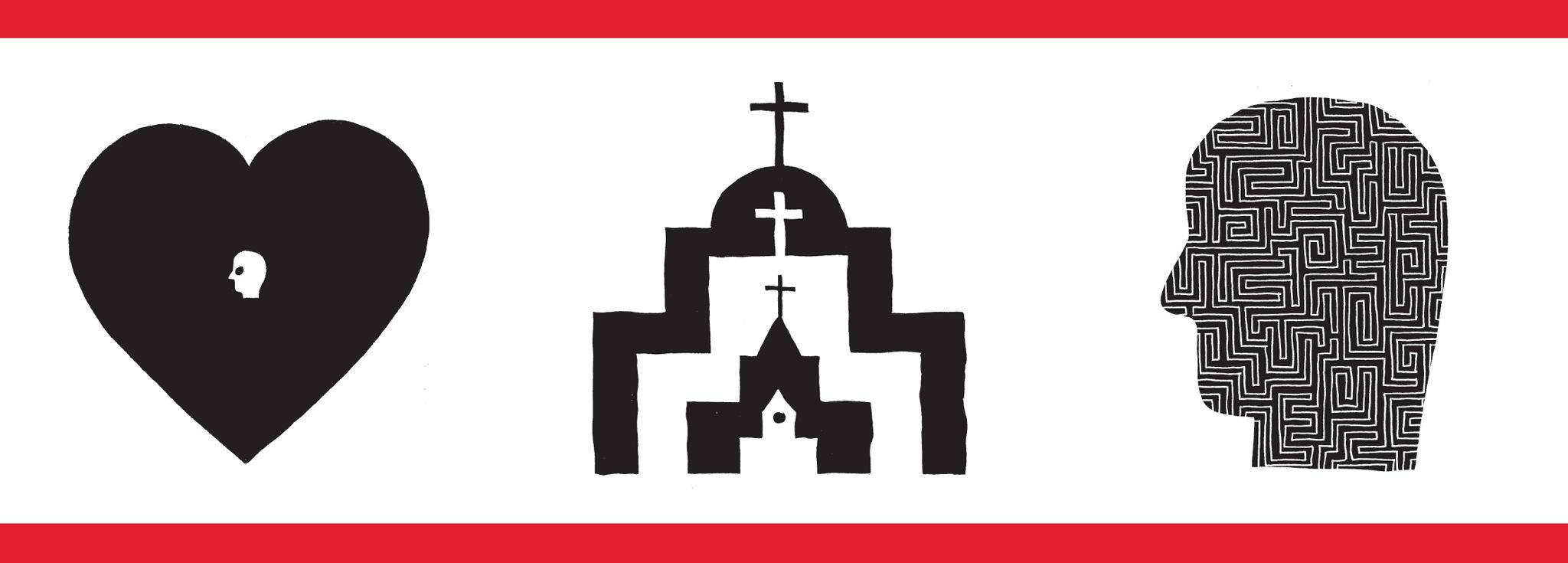
It is hard to pinpoint the time when many religions began, not least becausetheir roots lie in prehistory and the sources that describe their origins maydate from a much later time. However, it is thought that the oldest survivingreligion today is Hinduism, which has its roots in the folk religions of theIndian subcontinent, brought together in the writing of the Vedas as early asthe 13th century BCE. From this Vedic tradition came not only the pluralisticreligion we now know as Hinduism, but also Jainism, Buddhism, and, later,Sikhism, which emerged in the 15th century.
Meanwhile, other belief systems were developing in the East. From the 17thcentury BCE, the Chinese dynasties established their nation states and empires.There emerged traditional folk religions and ancestor worship that were laterincorporated into the more philosophical belief systems of Daoism andConfucianism.
In the eastern Mediterranean, ancient Egyptian and Babylonian religions werestill being practiced when the emerging city-states of Greece and Rome developedtheir own mythologies and pantheons of gods. Further east, Zoroastrianismthe first major known monotheistic religionhad already beenestablished in Persia, and Judaism had emerged as the first of the Abrahamicreligions, followed by Christianity and Islam.
Many religions recognized the particular significance of one or moreindividuals as founders of the faith: they may have been embodiments of god,such as Jesus or Krishna, or recipients of special divine revelation, such asMoses and Muhammad.
The religions of the modern world continued to evolve with advances insociety, sometimes reluctantly, and often by dividing into branches. Someapparently new religions began to appear, especially in the 19th and 20thcenturies, but these invariably bore the traces of the faiths that had comebefore.
"There is no use disguising the fact, our religious needs are the deepest.There is no peace until they are satisfied and contented."
Isaac Hecker, Roman Catholic priest
Human history has seen the rise and fall of countless religions, each with itsown distinct beliefs, rituals, and mythology. Although some are similar andconsidered to be branches of a larger tradition, there are many contrasting andcontradictory belief systems.
Some religions, for example, have a number of gods, while others, especiallythe more modern major faiths, are monotheistic; and there are major differencesof opinion between religions on such matters as the afterlife. We can, however,identify certain elements common to almost all religions in order to examine thesimilarities and differences between them. These aspectsthe ways inwhich the beliefs and practices of a religion are manifestedare what theBritish writer and philosopher of religion Ninian Smart called thedimensions of religion.
Perhaps the most obvious elements we can use to identify and compare religionsare the observances of a faith. These includes such activities as prayer,pilgrimage, meditation, feasting and fasting, dress, and of course ceremoniesand rituals. Also evident are the physical aspects of a religion: theartifacts, relics, places of worship, and holy places. Less apparent is thesubjective element of the religionits mystical and emotional aspects,and how a believer experiences the religion in achieving ecstasy, enlightenment,or inner peace, for example, or establishing a personal relationship with thedivine.
Another aspect of most religions is the mythology, or narrative, thataccompanies it. This can be a simple oral tradition of stories, or a moresophisticated set of scriptures, but often includes a creation story and ahistory of the gods, saints, or prophets, with parables that illustrate andreinforce the beliefs of the religion. Every existing faith has a collection ofsacred texts that articulates its central ideals and narrates the history of thetradition. These texts, which in many cases are considered to be have beenpassed directly from the deity, are used in worship and education.
Font size:
Interval:
Bookmark:
Similar books «The Religions Book»
Look at similar books to The Religions Book. We have selected literature similar in name and meaning in the hope of providing readers with more options to find new, interesting, not yet read works.
Discussion, reviews of the book The Religions Book and just readers' own opinions. Leave your comments, write what you think about the work, its meaning or the main characters. Specify what exactly you liked and what you didn't like, and why you think so.

